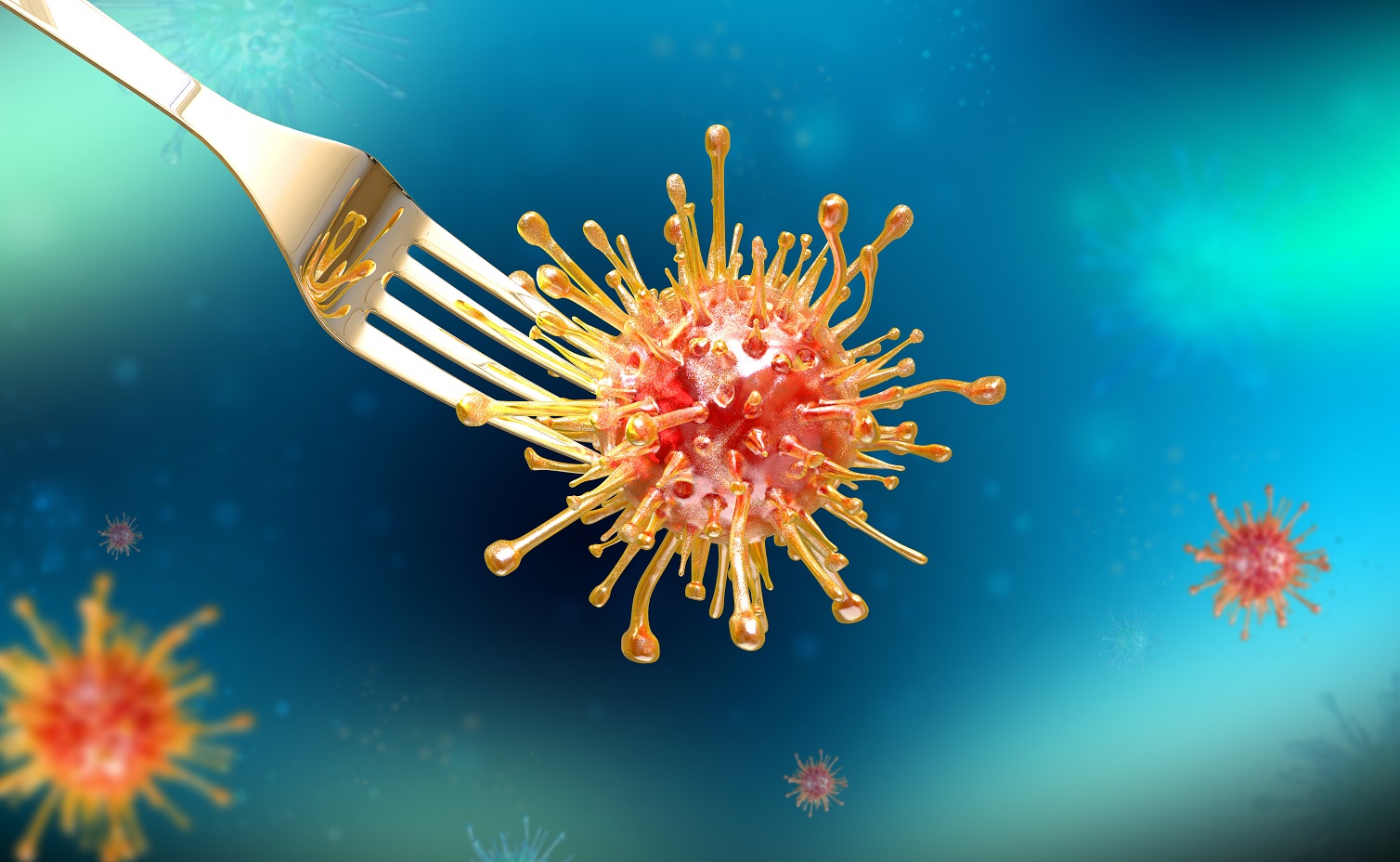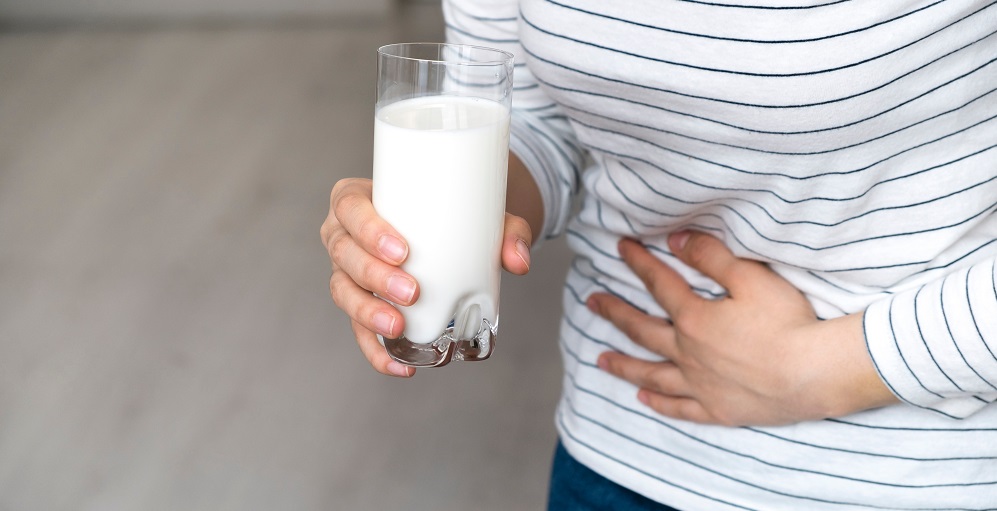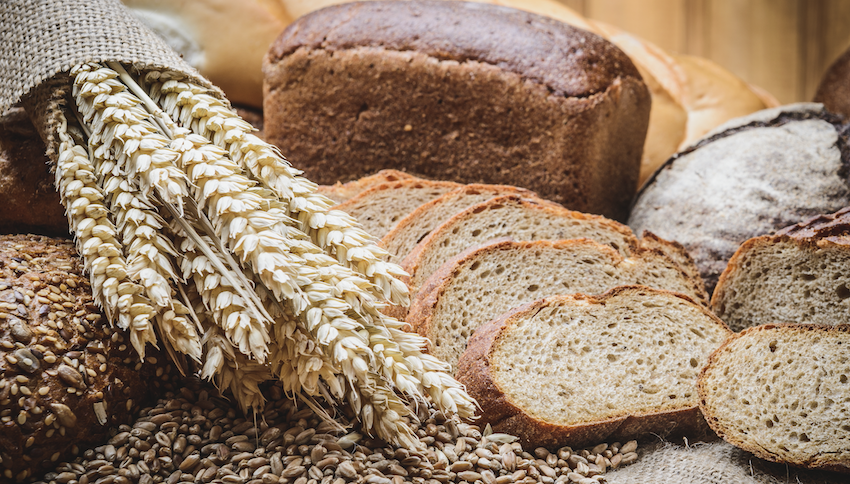What is food intolerance?
Some people experience adverse reactions caused by food. Finding out which foods are causing your symptoms can be straightforward for some people and incredibly tricky for others – dependent on what their symptoms are, how quickly the symptoms appear after eating the food and which food (or foods) is causing a problem.
Food intolerances can take some time to diagnose. Although not life threatening, food intolerance can and often does, make the sufferer feel extremely unwell and can have a major impact on working and social life. Ongoing symptoms can also affect the person psychologically as they feel they will never get better. Food intolerance reactions do not involve IgE antibodies or the immune system, like food allergy.
The mechanisms for most types of food intolerance are unclear. Reactions are usually delayed, occurring several hours and sometimes up to several days after eating the offending food. The symptoms caused by these reactions are usually gut symptoms, such as bloating, diarrhoea, constipation and IBS, skin problems such as eczema and joint pain.
Symptoms of a food intolerance
There are many possible symptoms that could be caused by having an intolerance to food. Depending on the type of food that is suspected depends on the possible range of symptoms. These symptoms may also be experienced in other conditions in the absence of food being a problem so should always be discussed with a healthcare professional. Symptoms commonly effect the digestive, skin and respiratory systems.
Diagnosing a food intolerance
If you suspect a food may be the cause of the symptoms you or your child has experienced it is important to avoid that food and discuss further with a healthcare professional they should take a detailed patient history and decide if a trial elimination and re-introduction is necessary. There are no tests e.g. a blood test used to diagnose a food intolerance. If a non IgE mediated food allergy is suspected then a trial elimination usually for 2-6 weeks is recommended.
Food intolerances can take some time to diagnose. Although not life threatening, food intolerance can and often does, make the sufferer feel extremely unwell and can have a major impact on working and social life.
Keeping a food and symptoms diary of the food eaten and symptoms experienced can be a useful way to build up patterns and highlight suspected food related reactions and reproducibility. You can find a downloadable version of a food and symptoms diary below.

 Helpline
Helpline












